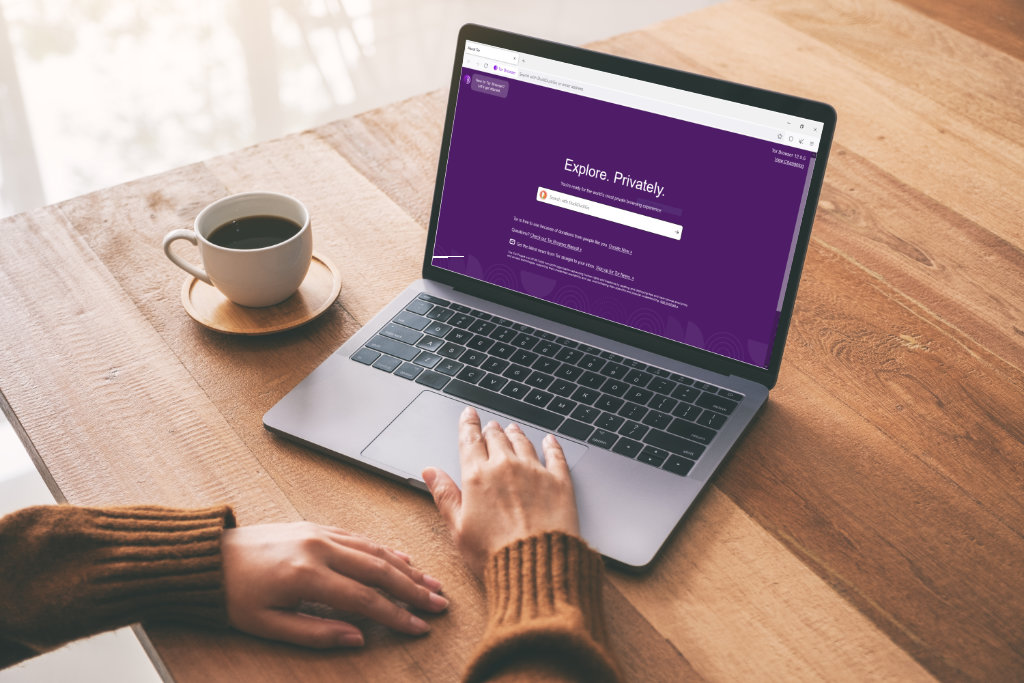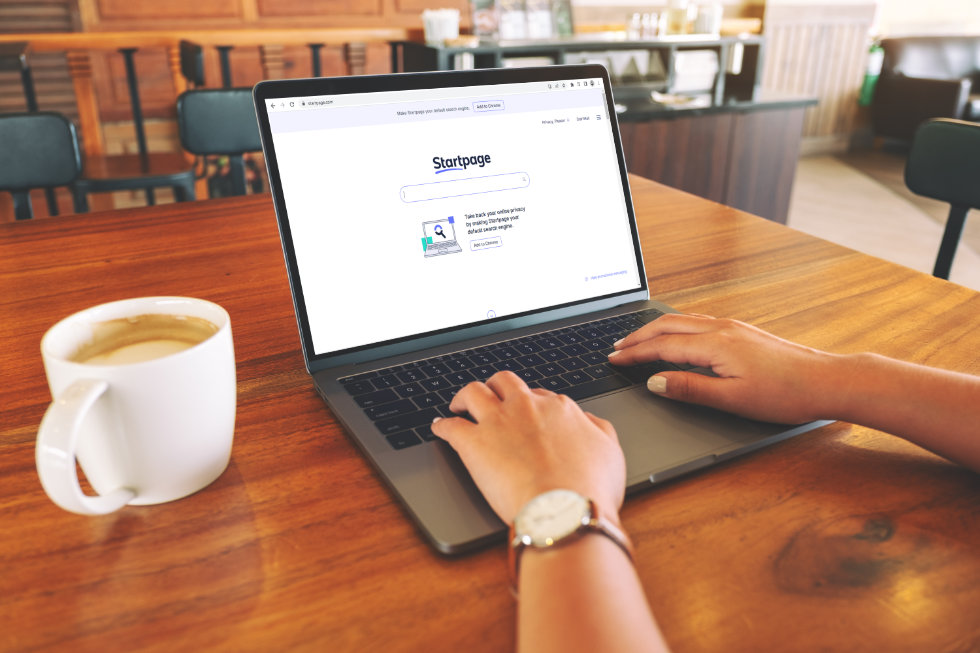TOR, or The Onion Router, is one answer to the dangers of browsing the Internet. In today’s digital era, protecting your privacy and ensuring anonymity while browsing the web is becoming increasingly important.
One solution for this is using TOR, also known as The Onion Router. TOR is a free, worldwide network designed to provide users with a high level of anonymity when browsing the web.
Our article today will provide a brief explanation of what TOR is, why you should use it, and the benefits it offers. We will also provide a step-by-step guide on how to use TOR and tips for surfing the web safely and anonymously on unencrypted networks.
Step-by-Step Guide on How To Use Tor
Installing and Setting up Tor Browser on Your Device
The first step to use TOR is to install the Tor browser on your device. The Tor browser is available for Windows, macOS, and Linux operating systems and can be downloaded from the official TOR website. After downloading, follow the installation process, which is straightforward and user-friendly.

Connecting to a Network Through the Tor Browser
Once the Tor browser is installed, launch it and ensure that you have an active internet connection.
The browser will automatically connect to the TOR network, which may take a few moments. After connecting, you should see the Tor welcome page, which indicates that you are connected to the network and your browsing can begin.
Configuring Settings in the Browser for Maximum Security & Anonymity
While the default settings on the Tor browser are generally secure, there are some configurations that you can change to enhance your security and anonymity while browsing:
Use a Secure Connection: Ensure that the URL begins with “https://” to use a secure connection, protecting your data from possible interception.
Adjust Security Slider: The Tor browser offers a security slider, which allows you to customize your level of security. The highest level will disable features like JavaScript and some fonts, which may affect how some websites work but will provide maximum security.
Disable Plugins and Extensions: Plugins and extensions can cause security vulnerabilities, so it is best to disable them while using the Tor browser.
Tips For Using The Onion Router Safely & Anonymously On Unencrypted Networks
Avoid Logging into Personal Accounts While Connected to an Unencrypted Network
When using TOR on an unencrypted network, it is essential not to log into any personal accounts such as emails, social media accounts, or bank accounts. Logging into these accounts makes your data vulnerable to potential hackers and compromises
Utilize Encryption Services Such as VPNs When Possible
If you must use an unencrypted network, it is a good idea to use a Virtual Private Network (VPN). VPNs create an encrypted tunnel between your device and the internet, allowing for a secure connection even on unencrypted networks. However, remember that even VPNs are not foolproof, and your data remains vulnerable to potential attacks.
Be Aware of Malicious Websites & Malware Threats
Using TOR does not make you immune to potential malware or malicious websites. Therefore, always exercise caution when visiting new websites, downloading files, or clicking on links.
To minimize your risk, use a reputable antivirus software and make sure your operating system and browser are up to date with the latest security patches.
Beware of Browser Leakage
Even though the Tor browser is designed with anonymity in mind, some browser settings or internet configurations can compromise your privacy, such as DNS settings or WebRTC leaks. To minimize such risks, always ensure that your browser and internet settings are configured to prioritize privacy and security.
Use Tor-Specific Search Engines
When using TOR, avoid using search engines like Google, Bing, or Yahoo as they may track and store your search history. Instead, use privacy-focused search engines like DuckDuckGo, Startpage, or Searx, which do not log or store your personal information.

Avoid Using P2P File Sharing
Peer-to-peer (P2P) file-sharing services may disclose your IP address, which could degrade your privacy and anonymity. Avoid using such services while connected to the Tor network to maintain maximum anonymity.
Wrap Up
The Onion Router (TOR) offers a reliable method for maintaining anonymity while browsing the web. By following the steps and tips mentioned in this article, you can significantly enhance your online privacy and security. Remember, though, that using TOR does not guarantee complete anonymity as there are always potential risks and vulnerabilities.
Nonetheless, it provides an essential tool in the fight for online privacy in today’s increasingly digital and interconnected world.
Through an understanding of the benefits of using TOR and how to use it safely and anonymously, you can take an essential step in protecting your online presence and regaining control of your digital footprint.
Next time you need to browse the web, consider using TOR to surf the internet independently while maintaining your anonymity.








